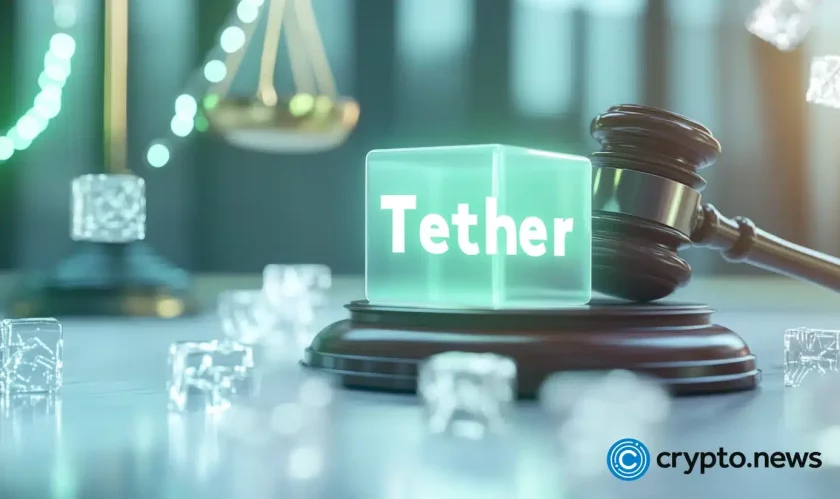The next wave of USD-backed stablecoins have begun to make their way onto high-volume cryptocurrency exchanges, and early indications suggest that traders may trust them more than tether (USDT).
New USD-Backed Cryptocurrencies Vie for Tether’s Crown
As CCN reported, cryptocurrency firms Gemini, Paxos, and Circle have all in recent weeks launched asset-backed “stablecoins,” cryptocurrency tokens whose values are pegged to the U.S. dollar with physical assets stored in company-controlled bank accounts.
All of these firms have received regulatory authorization to operate in New York, whose Department of Financial Services (NYDFS) overseas what many consider to be the strictest cryptocurrency regulatory framework in the United States. Gemini and Paxos have each received NYDFS charters, while Circle has received the state’s coveted “BitLicense.”
Each of these stablecoins, the Gemini Dollar (GUSD), Paxos Standard (PAX), and USD Coin (USDC), looks to unseat Tether’s USDT as the fiat-pegged token of choice in the cryptocurrency markets. Tether, at present, is the eighth-largest cryptocurrency with a $2.8 billion market cap. With $2.3 billion in daily trading volume, it is also the second most liquid cryptocurrency, trailing only bitcoin.
Among other things, all three issuers touted that their tokens will be regulated financial instruments, invoking an unstated comparison to tether, whose issuer has reportedly received a subpoena from U.S. regulators and whose operations have largely been shrouded in secrecy.
Tether has also faced allegations of fractional-reserve banking and cryptocurrency market manipulation, and while an investigation conducted by a respected U.S. legal firm — at Tether’s expense — indicated that the firm’s issued tokens were fully-backed by USD, the company has yet to undergo a full-scale audit. The issuers of GUSD, PAX, and USDC, on the other hand, have contracted with accounting firms to audit their stablecoin balance sheets regularly.
Now, as these new tokens begin to achieve liquidity on cryptocurrency exchanges, it appears as though the controversy surrounding tether — which heretofore has been the primary USD proxy on exchanges not authorized to list physical fiat currencies — is causing USDT to trade at a discount to its more intensely-regulated counterparts.
PAX Trades at Premium to USDT on Binance
Of these three newly-issued stablecoins, Paxos Standard has thus far built the most significant trading volume in the spot cryptocurrency markets.
On Binance, the world’s largest cryptocurrency exchange, PAX trades directly against USDT, providing the market an opportunity to sort out whether one is more trusted than the other. Though just listed on Oct. 4, PAX/USDT has already accumulated more than $2.5 million in trading volume. As of the time of writing, PAX was valued at $1.009 against USDT, trading slightly below its intraday peak of $1.0096.

Paxos Standard is also priced at a one-cent premium to tether on fellow major exchange ZB.com, where PAX/USDT has $91,000 in daily volume.
This trading pair is actually trading at a slight discount on Gate.io, though this is likely an outlier since the market currently accounts for less than $2,500 in daily volume on the Chinese exchange.
Despite its premium against USDT, PAX has thus far maintained dollar-parity in Binance’s BTC and BNB markets, which account for a combined $1.4 million in volume in the hours since the token has been listed on the exchange. Since many of bitcoin’s largest trading pairs involve USDT, one would expect any pricing discrepancies between PAX and USDT to spill into these markets as well — eventually. However, with just $4 million in current daily volume, PAX has a long way to go to have that level of influence over the wider cryptocurrency markets.
USDC Experiences Similar Phenomenon
Though less liquid than PAX, Circle’s USDC token has also traded at a premium against USDT during its initial listing period.

On Poloniex, Circle’s order-book cryptocurrency exchange, USDT/USDC is priced at $0.99, with a daily high of just $0.993. Though more thinly-traded than PAX, this market has nevertheless seen more than $180,000 in daily volume, bolstering the case that, at least right now, traders trust these new “regulated” stablecoins more than tether.
This phenomenon may be true of GUSD as well, though there is currently no evidence to this effect. While GUSD has been listed on a handful of trading platforms, it has not yet achieved much volume against USDT.
Of course, it’s possible that there’s another factor at play. It is not currently easy for individual traders to exchange USDT for physical dollars. However, PAX and USDC can be redeemed for USD at their respective issuers by anyone with a verified customer account. Therefore, it’s possible that traders seeking to cash out are willing to pay a slight premium to trade their tethers for an asset that can be more easily converted back into fiat.
Whether tether continues to trade at a discount to this new crop of stablecoins as more units enter the market remains to be seen. If it does, though, it could force its issuer to begin operating more transparently if it hopes to retain significant market share.
Featured Image from Shutterstock. Charts from TradingView.
Follow us on Telegram or subscribe to our newsletter here.
• Join CCN’s crypto community for $9.99 per month, click here.
• Want exclusive analysis and crypto insights from Hacked.com? Click here.
• Open Positions at CCN: Full Time and Part Time Journalists Wanted.




